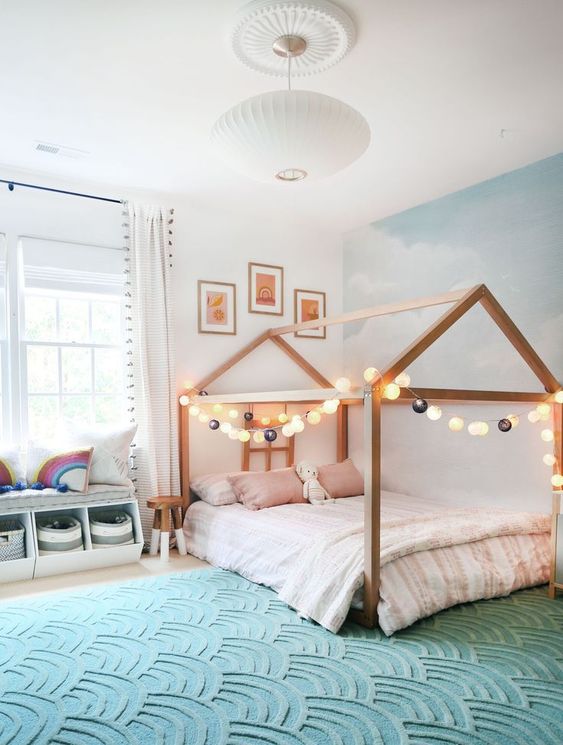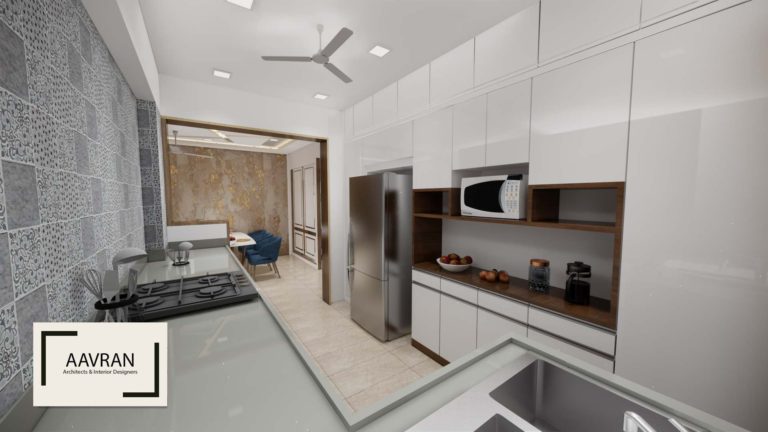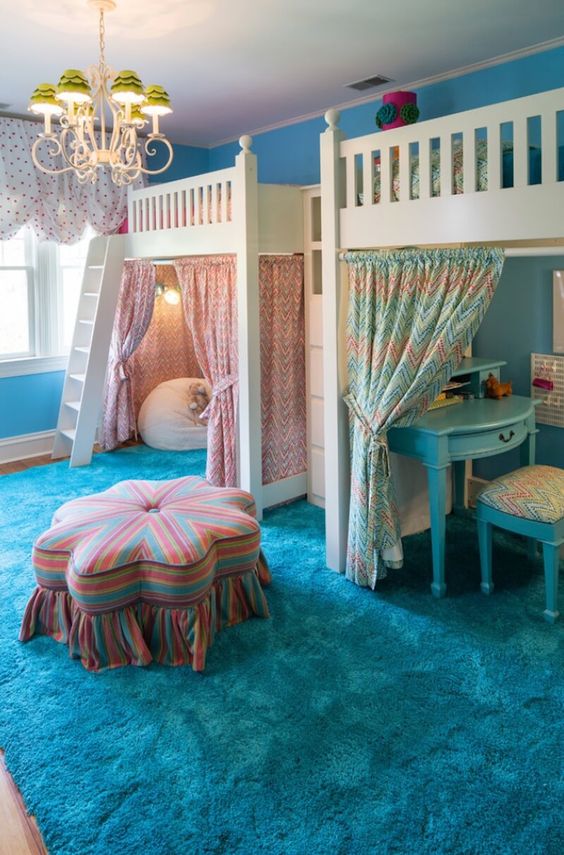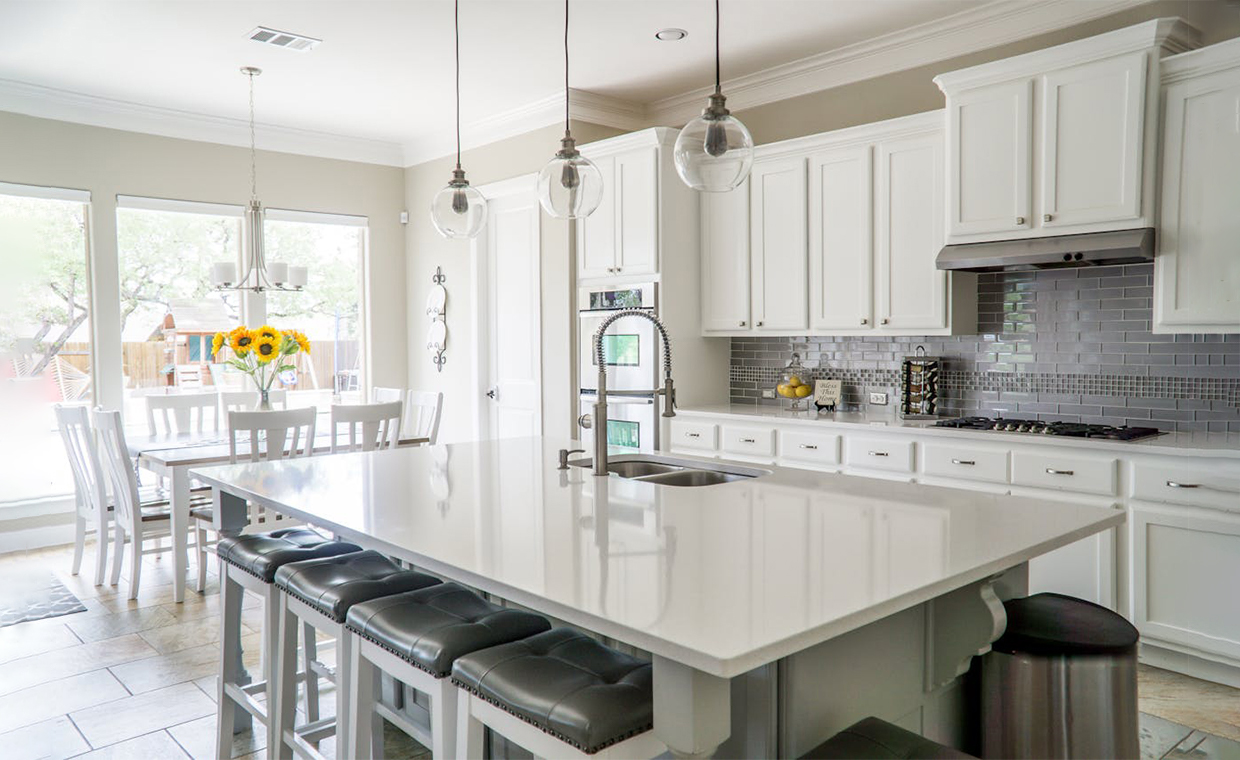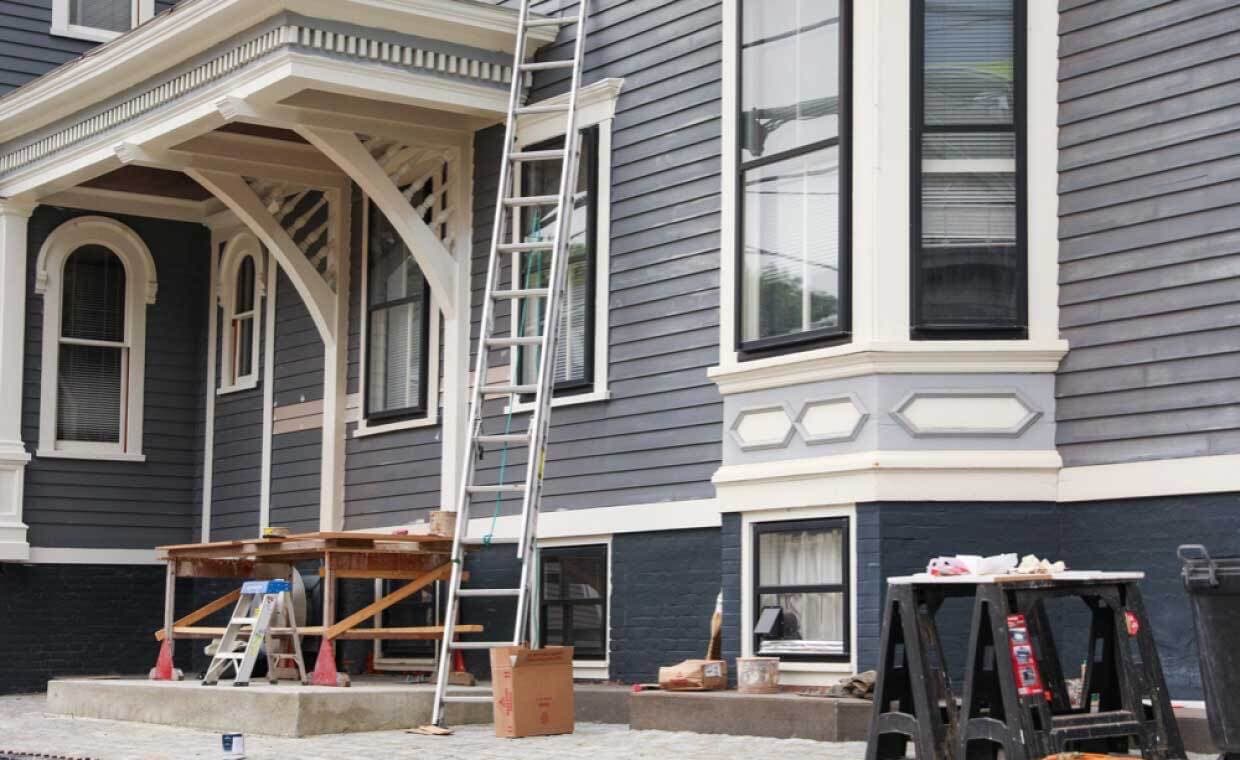
Table of Contents
Renovating an old house can be an exciting yet challenging endeavour. While older homes often boast unique architectural details, quality craftsmanship, and historical significance, they also come with hidden surprises— some pleasant, others costly. A successful renovation requires careful planning, patience, and a clear understanding of potential obstacles.
This guide covers 20 essential things you must know before starting your old house renovation project, helping you make informed decisions and avoid unnecessary headaches.
20 Must-Know Tips for Renovating an Old House
1. Start with a Comprehensive Inspection
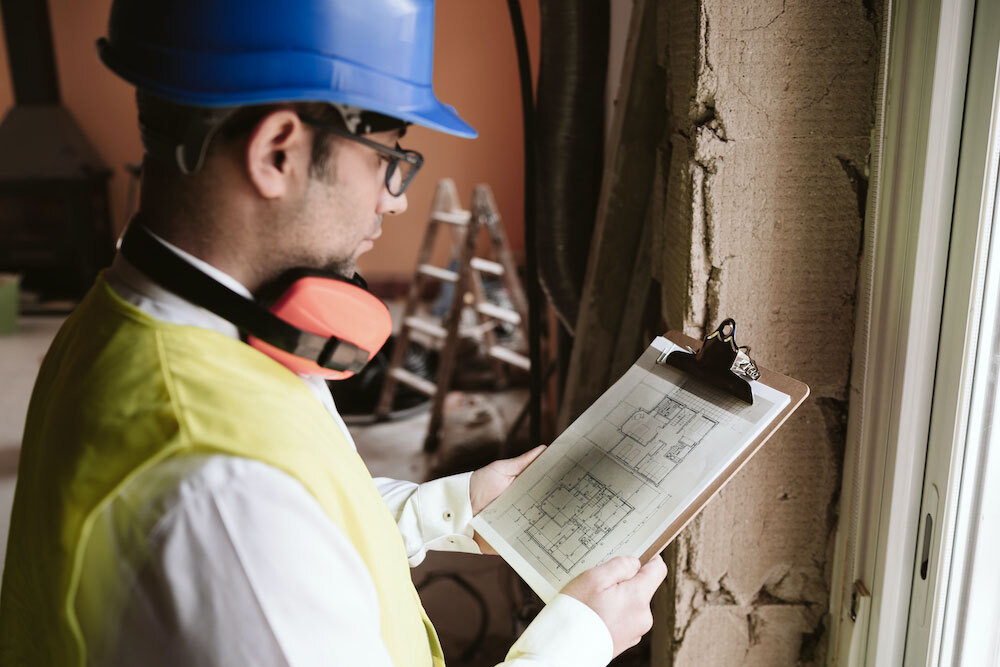
Before making any aesthetic improvements, conduct a thorough inspection of the property. Old houses may have hidden structural issues, outdated wiring, or plumbing that no longer meets modern standards.
Hire a professional inspector to assess key areas such as:
- Foundation stability
- Roofing condition
- Electrical and plumbing systems
- Signs of pest infestation
- Insulation and ventilation
Addressing these issues first will prevent costly repairs later. Many common problems with old houses, such as structural instability, outdated systems, and hidden water damage, can only be discovered through a professional inspection. If you’re unsure where to begin, this guide on the 8 signs that your home needs a revamp can help you identify early indicators that a thorough inspection and renovation may be necessary.
2. Obtain a Detailed Building Report

A surveyor’s report provides valuable insights into the house’s condition. This document can help you identify necessary repairs, estimate renovation costs, and avoid unexpected surprises.
Take detailed photographs of damages for reference and documentation. These records can also be useful when negotiating with contractors or applying for renovation permits.
3. Create a Realistic Schedule

Renovating an old house is time-consuming, and unexpected delays are common. A well-planned schedule keeps your project on track and helps prevent costly setbacks.
Divide the renovation process into phases:
- Structural repairs and safety upgrades
- Plumbing, electrical, and HVAC improvements
- Exterior repairs (roof, windows, façade)
- Interior upgrades (walls, floors, fixtures)
- Finishing touches and décor
Be flexible, as some tasks may take longer than expected. For practical strategies to stay on track and avoid unnecessary delays, explore these 5 home renovation tips to speed up the work.
4. Upgrade Outdated Electrical Systems
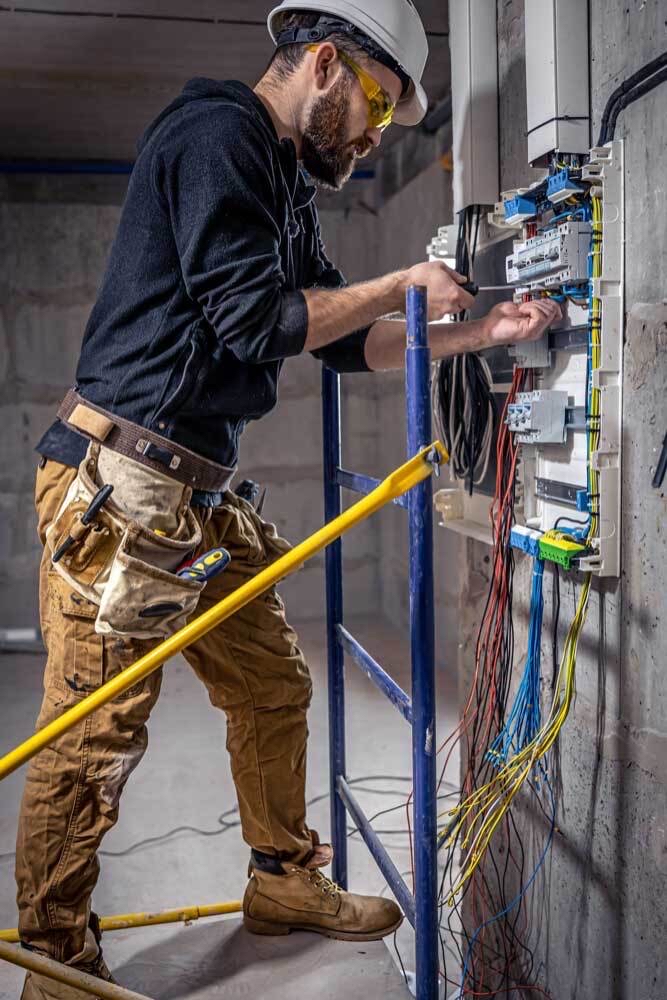
Many older homes have outdated electrical systems that are incompatible with modern appliances and technology.
Signs of outdated wiring include:
- Frequent power outages
- Flickering lights
- Burning smells from outlets
Upgrade the electrical panel, install modern wiring, and add additional power outlets to accommodate today’s needs. If you plan to integrate smart home technology, ensure the new system supports it.
5. Assess Heating and Cooling Systems

Old houses often lack efficient heating and cooling systems, making them uncomfortable during extreme weather conditions.
Check whether existing radiators, fireplaces, or boilers are functional. If necessary, upgrade to an energy-efficient system to improve comfort and reduce long-term utility costs.
Consider installing underfloor heating or modern HVAC systems for enhanced climate control. This is especially important when renovating a historic home, where preserving architectural charm often requires balancing tradition with modern efficiency.
6. Identify and Treat Damp Issues
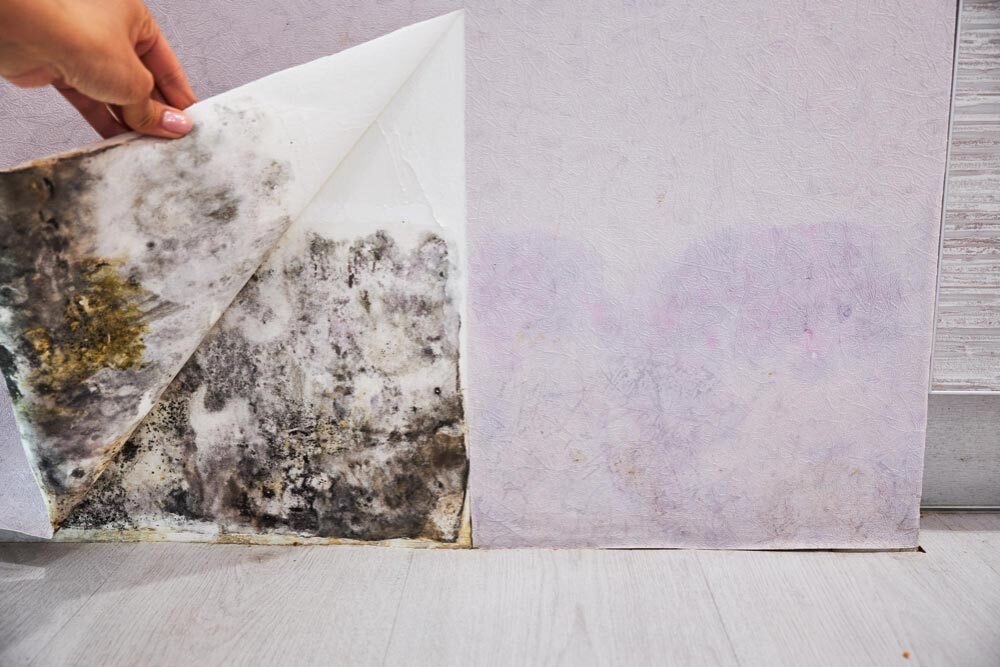
Dampness is a common problem in older homes and can lead to mould growth, structural damage, and health concerns.
Signs of damp issues include:
- Peeling wallpaper
- Musty odours
- Stains or discolouration on walls
Improve ventilation, install damp-proofing solutions, and repair leaks to prevent moisture buildup. For effective solutions, check out these 8 proven ways to damp proof your house to prevent moisture buildup and protect your home from long-term damage.
7. Address Timber Rot and Decay
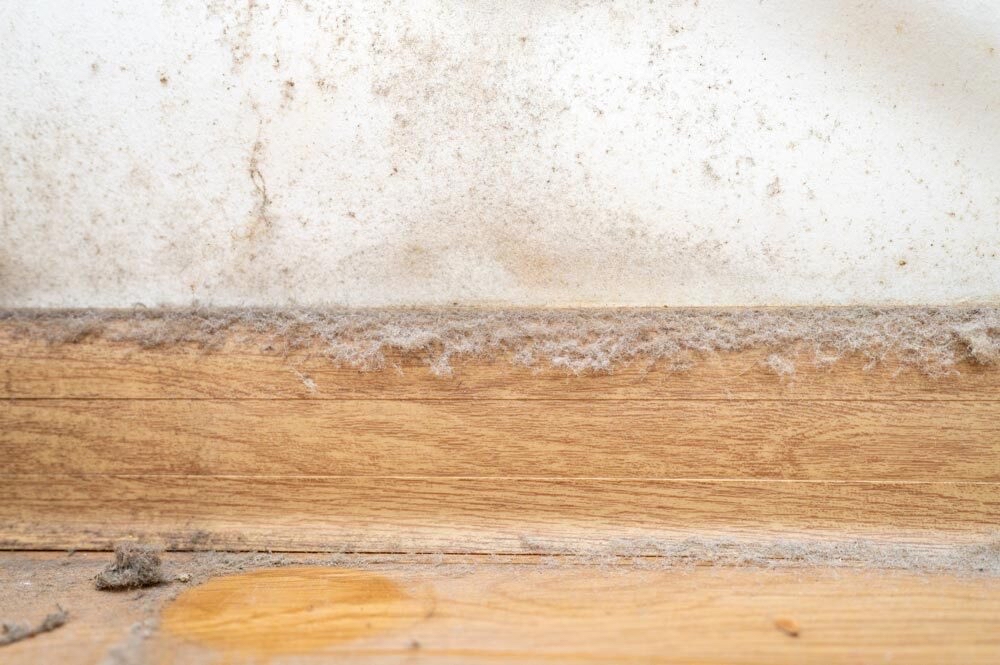
Wooden beams, floors, and door frames in old houses may suffer from rot or insect infestations. Dry rot and wet rot can weaken structural integrity if left untreated. One of the best old house renovation tips is to thoroughly inspect all timber elements at the outset and address any signs of damage or decay before moving on to surface-level renovations.
Look for:
- Soft or crumbling wood
- Fungal growth or a musty smell
- Unusual gaps or movement in the flooring
Replace or treat affected wood to prevent further deterioration.
8. Not All Cracks Are Dangerous
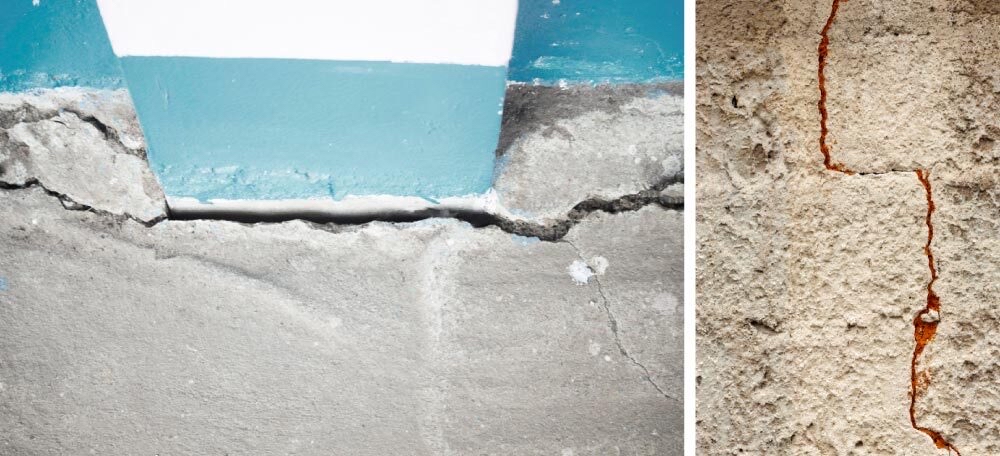
Cracks in walls or ceilings can be concerning, but not all are serious.
Types of cracks:
- Superficial cracks – Often caused by minor settling and are harmless.
- Structural cracks – Deep, widening cracks may indicate foundation movement or structural weakness.
If you’re unsure, consult a structural engineer to determine if repairs are necessary.
Also Read: 8 Basic Causes of Cracks in House
9. Check Mortgage and Insurance Requirements
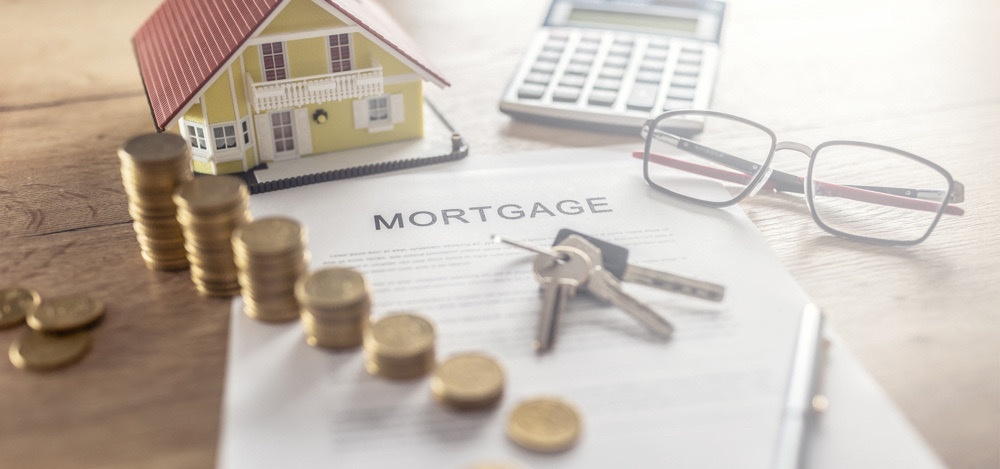
Some mortgage lenders and insurers have specific requirements for older properties. Before purchasing or renovating an old house, ensure it meets habitability standards.
Additionally, check if your renovation qualifies for government grants or tax incentives for heritage preservation or energy-efficient upgrades.
10. Retain Ground Floor Bathrooms (If Present)
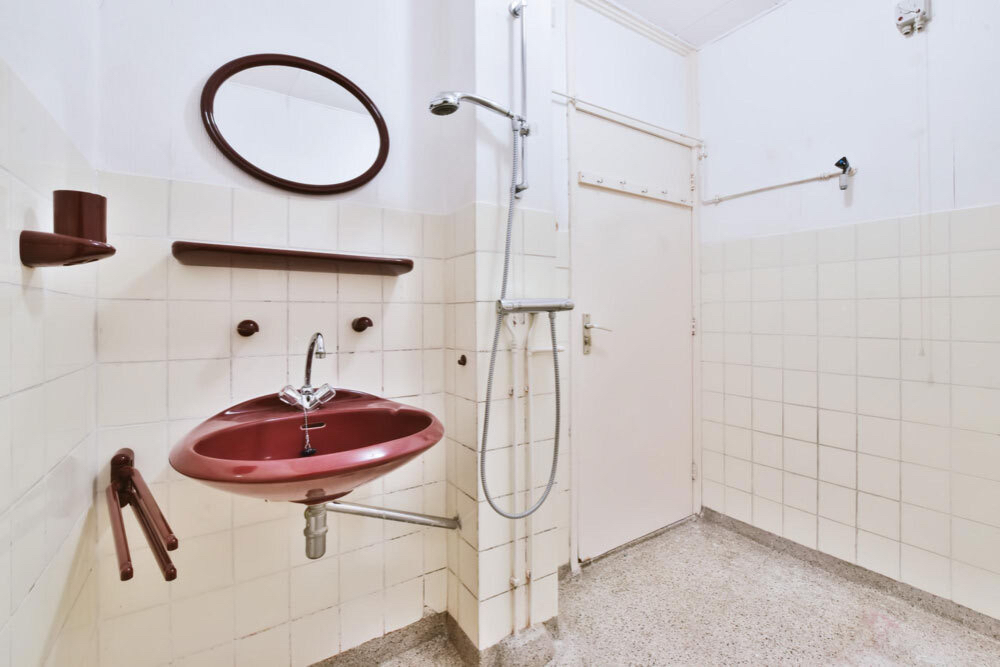
Many older homes have ground-floor bathrooms, which may not align with modern design trends. However, they can be useful during renovations, especially when other bathrooms are under construction.
If feasible, upgrade rather than remove them to retain convenience and accessibility.
11. Consider Flooring Options

Old houses often feature hardwood floors, which can be restored rather than replaced. If flooring is damaged, consider refinishing instead of installing new materials.
Popular flooring options include:
- Restored hardwood – Maintains the home’s original charm
- Stone or tile – Durable and moisture-resistant
- Luxury vinyl or engineered wood – Cost-effective alternatives with a classic look
Choose flooring based on durability, budget, and aesthetics.
12. Conduct a Measured Survey

Accurate measurements are crucial when restoring an old house, especially when modifying layouts or adding extensions.
A measured survey ensures precision in:
- Floor plan designs
- Cabinet and fixture installations
- Structural modifications
This step helps prevent costly errors and delays.
13. Plan Temporary Living Arrangements
If the renovation is extensive, you may need alternative accommodation.
Options include:
- Staying with family or friends
- Renting a temporary home
- Setting up a liveable space within the house
Having a plan in place will reduce stress during the renovation period.
14. Prepare for Renovation-Related Stress
Renovating an old house is often unpredictable. Unexpected problems, budget overruns, and delays are common.
Stay patient, flexible, and keep communication open with your contractors. Regularly monitor progress to ensure work aligns with your expectations.
15. Understand VAT and Other Taxes

If a house has been vacant for over two years, you may qualify for a reduced VAT rate on renovation costs. Otherwise, a standard 20% VAT may apply.
Check with local authorities for potential tax exemptions or renovation grants.
16. Preserve Original Windows When Possible
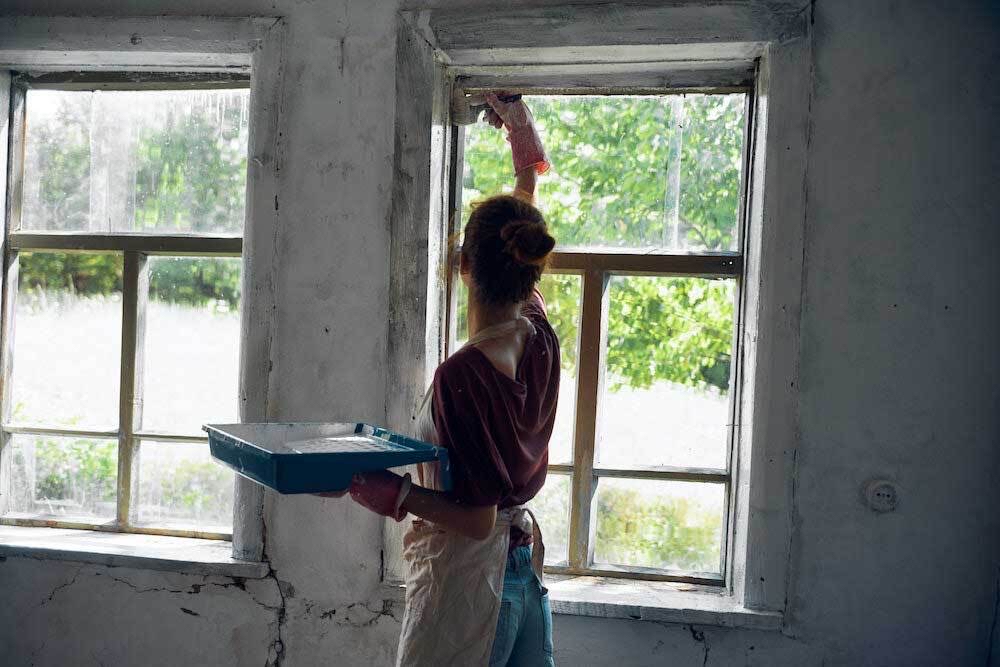
Original windows add to an old home’s character. When considering how to renovate an old house, it’s often better to restore original windows rather than replace them. Consider options like:
- Draught-proofing seals
- Double glazing for insulation
- Fresh paint and minor repairs
This approach retains authenticity while improving energy efficiency.
17. Seek Advice from Structural Engineers

For major structural changes, such as removing load-bearing walls or modifying layouts, consult a structural engineer. Their expertise ensures compliance with safety standards and prevents costly mistakes.
18. Inspect and Maintain the Roof
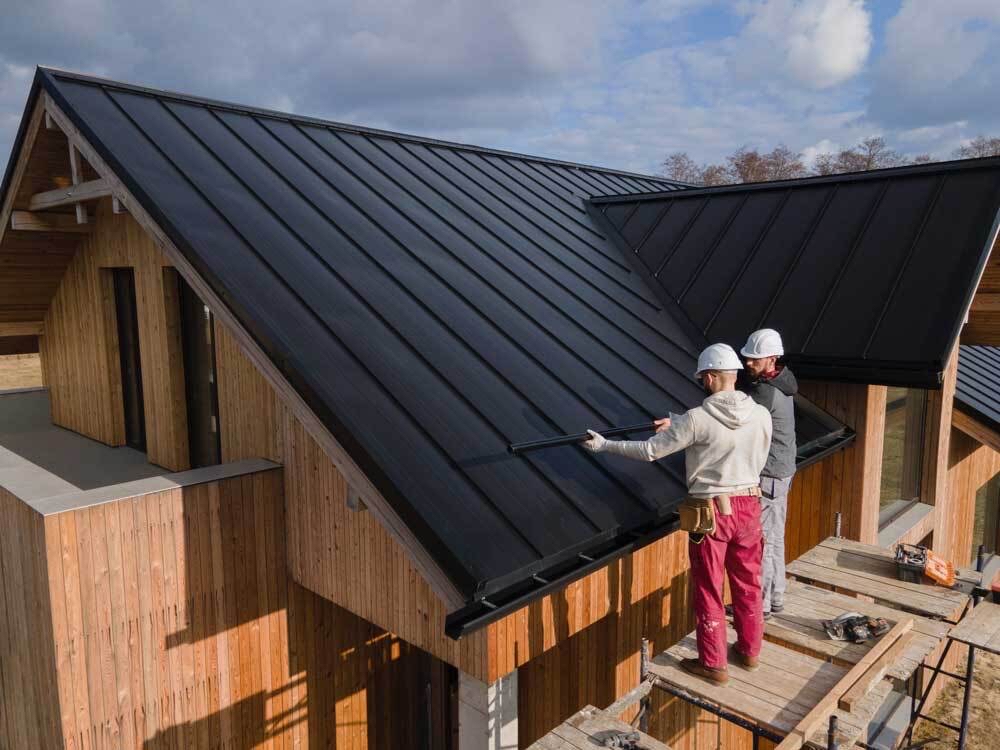
A damaged roof can lead to water leaks and structural issues. Check for:
- Missing or cracked tiles
- Leaks or damp patches
- Signs of sagging
Repair or replace the roof as needed to protect your investment.
19. Get a Warranty for Work Done
While not mandatory, securing warranties for renovations offers peace of mind. Work with reputable contractors who provide guarantees for materials and craftsmanship.
20. Budget for Unexpected Costs

Old house renovations often reveal hidden issues, increasing expenses. Set aside 10-15% of your budget for unforeseen costs.
Planning for contingencies ensures your project remains financially manageable.
Conclusion
Renovating an old house is a rewarding journey that blends history with modern comforts. With the right planning and the right old house renovation tips, you can successfully tackle the common problems with old houses and enjoy the process of renovating a historic home
Also Read: Unleash Your Creativity, Draw-up a House Refurbishment Plan
FAQs Related to Old House Renovation
1. How Much Does It Cost To Renovate An Old House?
Costs vary depending on the house’s condition, required upgrades, and material choices. A structural survey can help estimate expenses.
2. How Can I Improve Energy Efficiency In An Old House?
Upgrading insulation, installing energy-efficient windows, and modernising heating systems can reduce energy consumption.
3. Can I Live In The House During Renovations?
For minor renovations, yes. However, for major structural work, it may be safer and more convenient to find alternative accommodation.
4. Should I DIY Or Hire Professionals?
Simple tasks like painting can be a DIY project, but professionals must handle structural changes, electrical, and plumbing work.
5. What Are The Common Pitfalls To Avoid?
Underestimating costs, skipping inspections, and rushing into renovations without a clear plan can lead to setbacks and increased expenses.






